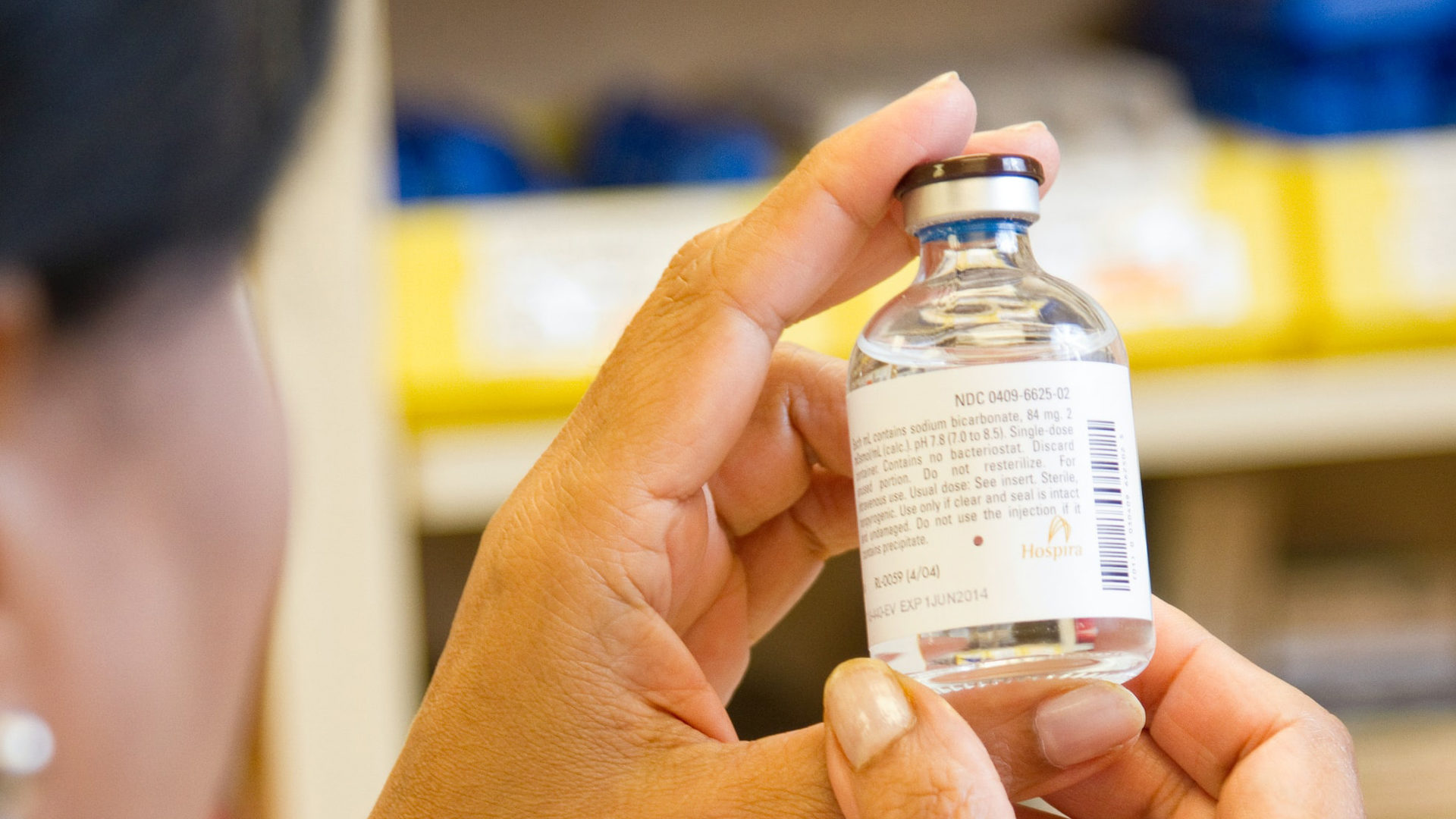News
Blog Series: IP Ingredients, Part 4: Why should I care about copyright?
January 2024
2023 was a big year in the world of copyright, with Ed Sheeran successfully defending an allegation of copyright infringement in the US for his song “Thinking Out Loud” and Mariah Carey being hit with a second lawsuit for her festive hit “All I Want For Christmas Is You”.
But when it comes to IP in the food and drink industry, you’re more likely to be thinking about whether your new product is patentable, how to establish your brand in the marketplace, or what distinctive packaging could catch your customers’ eyes (all of which are discussed in Parts 1-3 of this series). You’re not writing songs or making movies, so is copyright something you need to worry about?
Even though copyright may not be a core IP asset of your business, it’s still worth having an understanding of where rights may subsist. This helps you to ensure that your valuable IP is protected and that you avoid unintentionally getting into hot water by infringing other people’s rights. In 2016, MacDonald’s was sued by the estate of a deceased artist for allegedly using the artist’s graffiti art as decor in its restaurants. While that lawsuit did not succeed for jurisdictional reasons, the case demonstrates just how far reaching copyright can be.
Perhaps unsurprisingly, a few years ago the Court of Justice of the European Union ruled that the taste of a food product cannot qualify for copyright protection since it is not capable of being “expressed in a manner which makes it identifiable with sufficient precision and objectivity“. Instead, under UK law at least, copyright subsists in literary, dramatic, musical or artistic works, sound recordings, films, broadcasts and typographical arrangements.
While this list may appear to restrict copyright to purely “artistic” output, copyright actually provides a broad umbrella for a wide variety of original works. For example, a “literary work” includes non-fictional writing, as well as tables and computer programs. This means that copyright will subsist in any original marketing materials you have produced, such as articles, brochures, photographs and webpages. It will also subsist in any software and databases you have developed. Even internal presentations and technical manuals may be subject to copyright protection.
Copyright enables you to prevent others from using or copying your work without permission. It’s important to remember though that copyright protects the expression of an idea, rather than the idea itself. For recipe books, for example, the protection is limited to the typographical arrangement of the words on the page and any original images, and would not prevent others from reproducing the recipe itself. The duration of protection varies depending on the type of work, but for most literary works copyright lasts for 70 years from the author’s death.
Copyright will most likely be a relevant consideration when you’re developing marketing packs, advertising posts or social media, in terms of both your own rights and third parties’. When you’re working on these materials, think carefully about whether copyright subsists in the work that is owned by your company. Perhaps you have prepared original drawings of a new packaging design or logo? Copyright will subsist in these drawings well before the work is protected as a registered design or trade mark. Equally, be mindful that you, or agencies you commission, are not simply adapting someone else’s design found online which could result in copyright infringement. If you are putting together an advert or social media post, take time to check that any images and music are not copyright protected.
Now that you know what works within your company may have copyright associated with them, what do you need to do to register it? The good news is, in the UK at least – nothing! (in the US, optional registration of copyright is available so there is an actual register for copyright). Unlike patents, trademarks and registered designs, copyright comes into effect upon creation of a work, and no formal registration is required. However, we recommend that you keep a record of all versions of the work with the dates of creation associated with revisions and the creators’ names. To make people aware of the right, you can mark your materials with the copyright symbol, ©, the year and the name of the rights holder.
So who is the rights holder of copyright? Usually the creator of the work is the first owner of any copyright in it, unless the work is made by an employee in the course of their employment, in which case the employer is the owner of any copyright in the work. It’s important to remember that if you commission a work – for example if you ask a photographer to take photos of a food product for your website or packaging – the person you commission and not you is the legal owner of the copyright in the work unless otherwise agreed in writing.
Practical tips:
· Check that any material (e.g. photographs, text or audio files) you have found online is not protected by copyright before using it
· Mark any original work with the copyright symbol, the author/owner and the year
· Ensure that the copyright in any works produced for you by third parties is transferred to you or your company by way of an assignment.
For any questions relating to the above, please contact the author, Dr. Jennifer Bailey at [email protected]. Thanks to Tanya Waller and Marie Walsh for their valuable input!
This article was prepared by Partner & Patent Attorney Jennifer Bailey.































